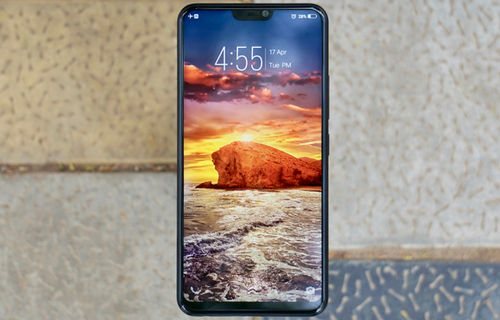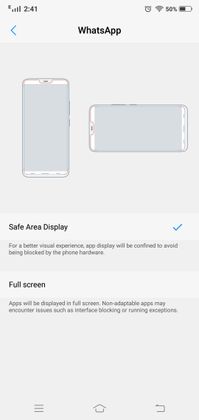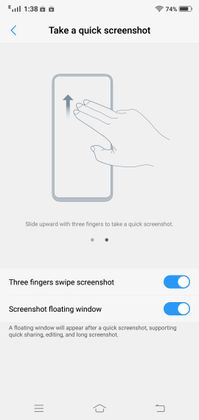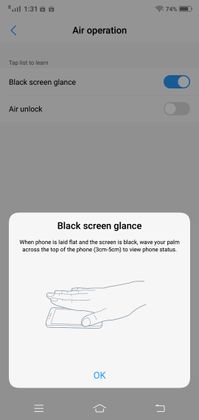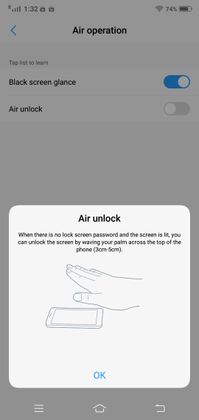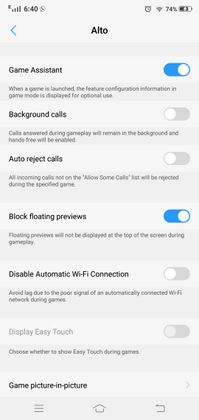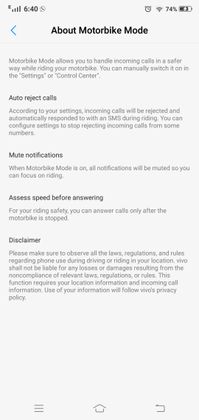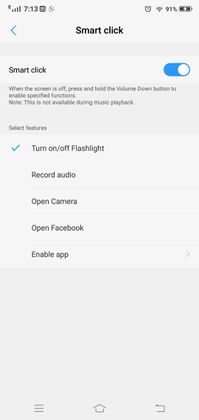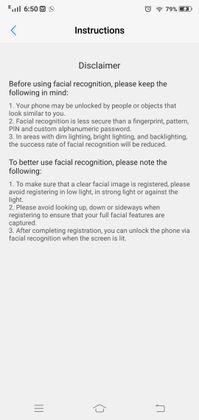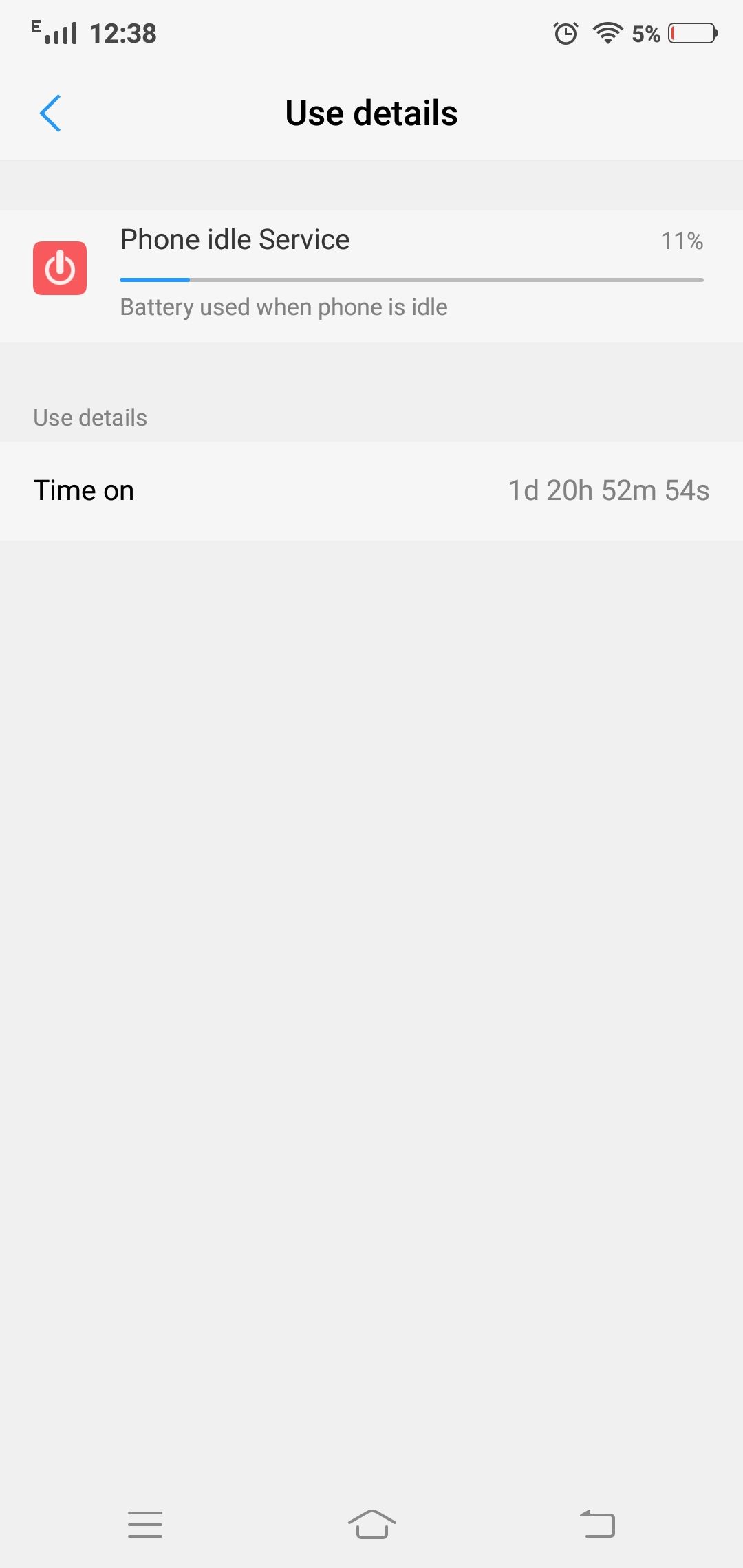
Ever since the launch of the iPhone X, it was only a matter of time before Android smartphone makers started implementing the controversial notch on their devices. Even though it was the Essential Phone to first introduce this design quirk, it wasn’t until Apple adopted the design that it grabbed mainstream attention. The first such Android smartphone to have embraced this attribute and officially come to the Indian market is the Vivo V9. It follows in the same footsteps as many of its predecessors, in that it offers an enhanced camera setup with as many features that can be crammed into a smartphone these days. Having a notch at the top might not be an original innovation, but the move towards an almost completely full-front display measuring 6.3-inches is impressive.
Vivo V9
Rs. 22,990With so many contenders clamouring to bring notched devices to the market, can the Vivo V9 stand out of the crowd and hold the lead? Let’s find out in our in-depth review after using the smartphone for about two weeks.
Vivo V9 Review: Design & Build Quality
The iPhone X inspired design of the Vivo V9 is unmistakeable in more than one aspect. The most obvious being the notch at the top. We will get to the merits and demerits of that in a bit, but first, let’s take a look at why it is there. The notch houses the earpiece along with the front-facing 24-megapixel camera, proximity sensors, and a tiny notification light. The rest of the entire front is occupied by the edge-to-edge display with rounded corners. There is still a very tiny chin present at the bottom though, and one might wonder if it was possible for Vivo to have the bezel at the top instead and not have a notch altogether, but I digress.
The exterior of the device has a plastic unibody design, with our review unit being the Pearl Black variant. Here, we also find the vertically stacked dual-camera setup with a 16MP primary snapper and a 5MP sensor. The fingerprint scanner is also placed at the back. Other than slight inconsistencies with fingerprint recognition, the scanner performed adequately. The volume rockers and power button sit on the right side of the device while the dual-SIM+SD card slot is present on the left. These buttons were satisfactorily tactile and unlike some other devices, protrude ever so slightly such that I did not have an issue with pressing the wrong button.
The loudspeaker is present at the bottom just beside the micro USB charging port and headphone jack. Thankfully, this aspect is something Vivo decide not to copy from Apple. Still no USB Type-C though. The speaker itself was actually decent. It is louder than many other smartphones at this price-point and is usable enough even in slightly noisy environments. With that said, the audio quality isn’t anything that will blow you away, and I did have issues in some videos where the vocals were slightly muffled.
Overall, the phone has a solid build to it even though the plastic back might not feel entirely premium. The display panel itself slightly protrudes from the phone’s frame. This might have been a design choice for providing grip but takes away from the seamless construction most other devices have these days. And another impediment was with the back being extremely susceptible to scratching and ended up with an incredible amount of scuffs on the very first day of use. Vivo does provide a transparent silicone case in the box which can help deal with the issue.
Vivo V9 Review: The Notched Display

The Vivo V9’s 6.3-inch display dominates the front with a screen to body ratio of almost 90%. The Full HD+ display has a resolution of 1080 x 2280 pixels. Vivo calls this a FullView Display 2.0 since its aspect ratio is 19:9. This IPS LCD panel was admirably bright in sunlight and reproduces good colours. The large display admittedly provided a fun experience for most applications including social media and web browsing. The extra real estate was enjoyable to use while browsing Reddit threads and Facebook posts. The only main issue with the display was an unnatural pink hue that appeared when looking at it from an angle.
The notch never really got in the way of the experience since the screen is large enough not to require elements to be hidden underneath, as long as you are in portrait orientation. On the right side of the notch, you will see information such as the battery, wifi signal and the alarm icon. On the left, you get the cellular signals, time and notification logos. The software lets you stretch applications to full screen even for those that might not have native support for this aspect ratio. The sides of the notch intuitively change colour depending on the colour present at the top of the app’s UI.
Unfortunately, not everything works quite the way you would expect with the notch. I experienced problems such as Instagram stories sometimes appearing below the notch area and sometimes getting cut off by it. On the other hand, third-party apps are configured by default to run in their native aspect ratio. The first time you open an application, there will be blank space at its bottom, and the software prompts you if you want to go fullscreen. After you select the option, the application restarts and does go fullscreen, but will still display unacceptably large black bars in landscape orientation. It took me quite a while to figure out that I was supposed to manually set every third party app to also run in full screen in landscape by going into the ‘Third-party app display ratio’ under the ‘Display and Brightness’ setting. This would restart the application for the second time.
Once you are able to get the apps to start working in fullscreen correctly, the experience is enjoyable. The notch will cut off some content in landscape, but otherwise, it doesn’t really become much of a hindrance in day-to-day use. Videos can be adjusted not to be blocked by the notch, but that will result in having black bars on either side. The main issue with the display was the pinkish hue and having to tediously enable applications for the fullscreen experience. It would have been preferable if Vivo had enabled fullscreen by default and instead given the option to revert to native resolution later.
Vivo V9 Review: Camera
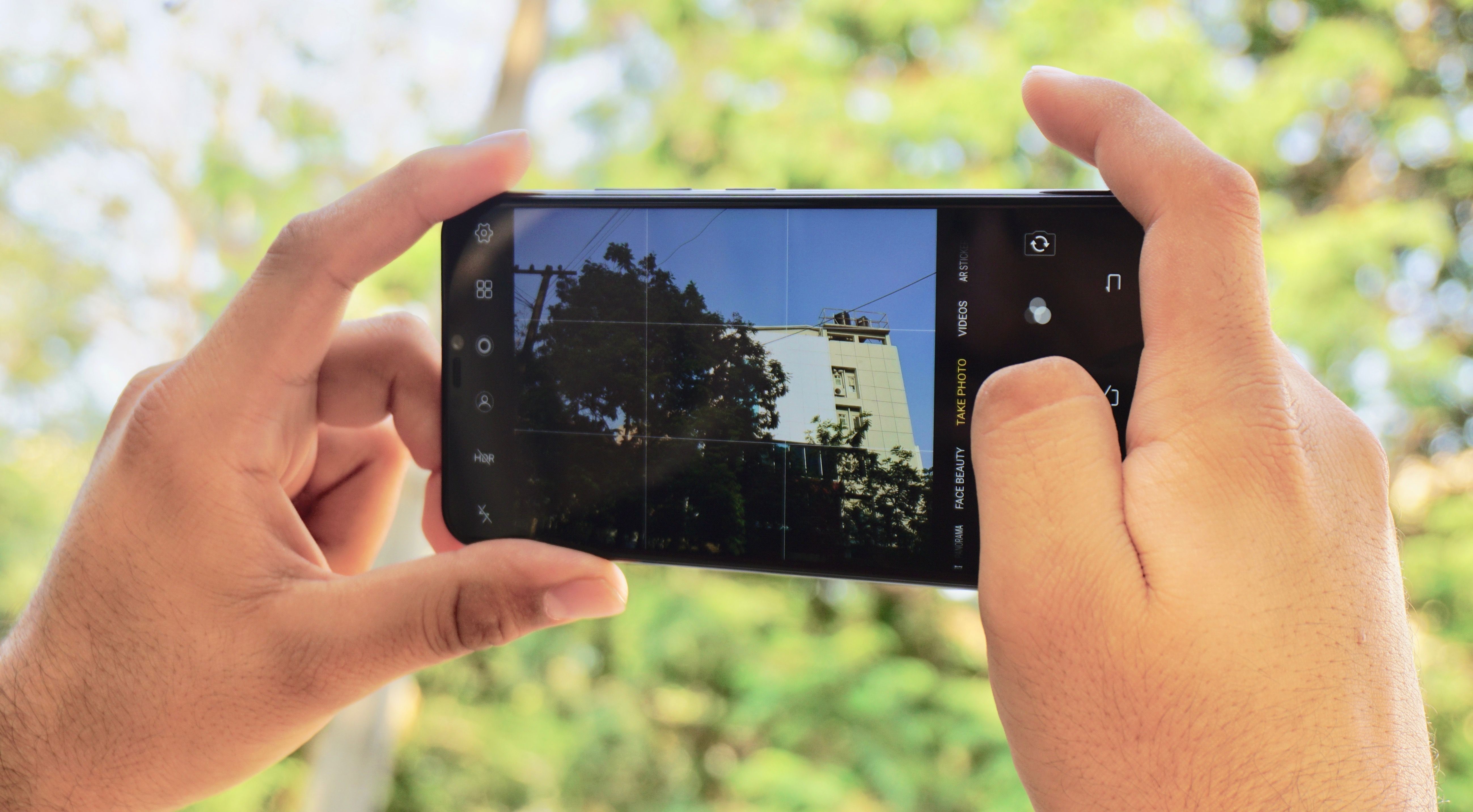
Vivo is known for catering to the selfie-conscious market and this time is no exception. The Vivo V9 offers a 24-megapixel camera with ƒ/2.0 aperture at the front which boasts various AI enhancements for better images. At the rear, the phone contains a vertically stacked setup that holds 16 MP + 5MP shooters with ƒ/2.0 aperture. It offers all of the usual features you’d expect such as HDR, portrait bokeh and professional mode and panorama. Additionally, you get so-called “AI enhancements” that detect your gender and set the beauty mode accordingly with either of the cameras.
Initially, I wasn’t too sure about the selfie camera but was pleasantly surprised at how much detail it was able to capture. The rear camera setup also performed considerably well but did present some issues with the fine details and colour saturation. I did like the simplistic camera software that wasn’t overly complicated to use. The ability to shoot 4K videos with both cameras is a welcome bonus, but with the lack of OIS, I wasn’t sold on its results. An added feature called ‘AR stickers’ works similar to how Snapchat overlays silly cat ears, a beard or sunglasses on a face.
Overall, the front camera performed better than the rear. Selfies had enough detail and portrait mode worked accurately most of the time. You can use the display-flash to take low light selfies which worked remarkably well. The rear camera was quick to capture images but sometimes had issues with capturing details. In bright light, the colours were slightly on the darker side. Low-light pictures from the rear camera did present with some noise, but this was acceptable considering the performance of other devices in this price segment.
Vivo V9 Review: Software

I was excited to learn that the Vivo V9 shipped with Android 8.1 Oreo out of the box. However, you are greeted with Vivo’s Funtouch OS 4.0 as soon as you start using the device and are again reminded of how much iOS influences this device. The UI very closely resembles iOS in quite a few aspects including the visuals and placement of icons, the notification section and shortcuts toggle menu. Swiping down from the status bar will bring down the notification page without any shortcut toggles. For those, you will need to swipe up from the bottom, which presents a half screen ‘Control Centre’, quite reminiscent of the one found on iOS 10. Other than being able to press the dedicated on-screen button for the recently-used apps list, Control Centre also contains icons of these apps. The settings menu has also been directly copied from iOS, and you even get the option to replace the on-screen buttons with gesture-based navigation, which is almost identical to that found on the iPhone X. The procedure of deleting applications has also been blatantly copied.
The home screen houses all of the applications, and you do not get the option to switch to a traditional app drawer unless you opt for some third-party solution. The amount of bloatware on this device isn’t substantially high. There are a few Vivo apps such as the V-Appstore and vivoCloud. There is also an app called vivo.com that basically leads you to Vivo’s website with some added functions of logging in and getting details for Vivo’s customer support. It was frustrating for me when I saw that the OS includes apps called ‘i Music’, ‘i Theme’ and ‘i Manager’. For some reason, there is also an icon on the home screen that simply says “Lock”. I’ll leave it up to you to guess what this does.
In some aspects, the custom OS seems to stray away from the mainstream Android experience but still manages to include some features that might come in handy. A feature called ‘blank screen glance’ lets you wave your hand over the notch to display your status bar and time while the rest of the screen stays black. Another called ‘Air unlock’ works the same way to unlock your device as long as you don’t have any lock screen passwords enabled. The phone includes ’Raise to wake’ your device while ‘Smart keep bright’ will keep the phone unlocked until the front camera detects your face. There is a ‘Game mode’ that gives you quite a few options in order to have an uninterrupted gaming session. Similarly, there is a ‘Motorbike mode’ that can be used to mute notifications, reject calls and auto-reply with an SMS. This mode also reads your location data to figure out when you are in motion and will not let you answer a call until you stop your vehicle. ‘Smart click’ lets you turn on your flash, open camera or open any desired application by long pressing the volume down button when the screen is turned off. The phone also allows ‘App clone’ for supported apps.
Overall the software experience was a mixed bag for me. I eventually became accustomed to the UI, but the iOS-inspired theme was distracting at times. And this is coming from someone who has been using an iOS smartphone as his personal daily driver for years now. There is only so far you can go with copying something before it becomes unnecessarily forced. I did appreciate the added features such as ‘Smart Split’, ‘One-handed’ mode with ‘One-handed keyboard’ and ‘access to a mini screen using a gesture’. All I can say is that the software requires a learning curve and it comes down to your personal preference of using a heavily modified version of Android or sticking with the stock experience.
Vivo V9 Review: Performance
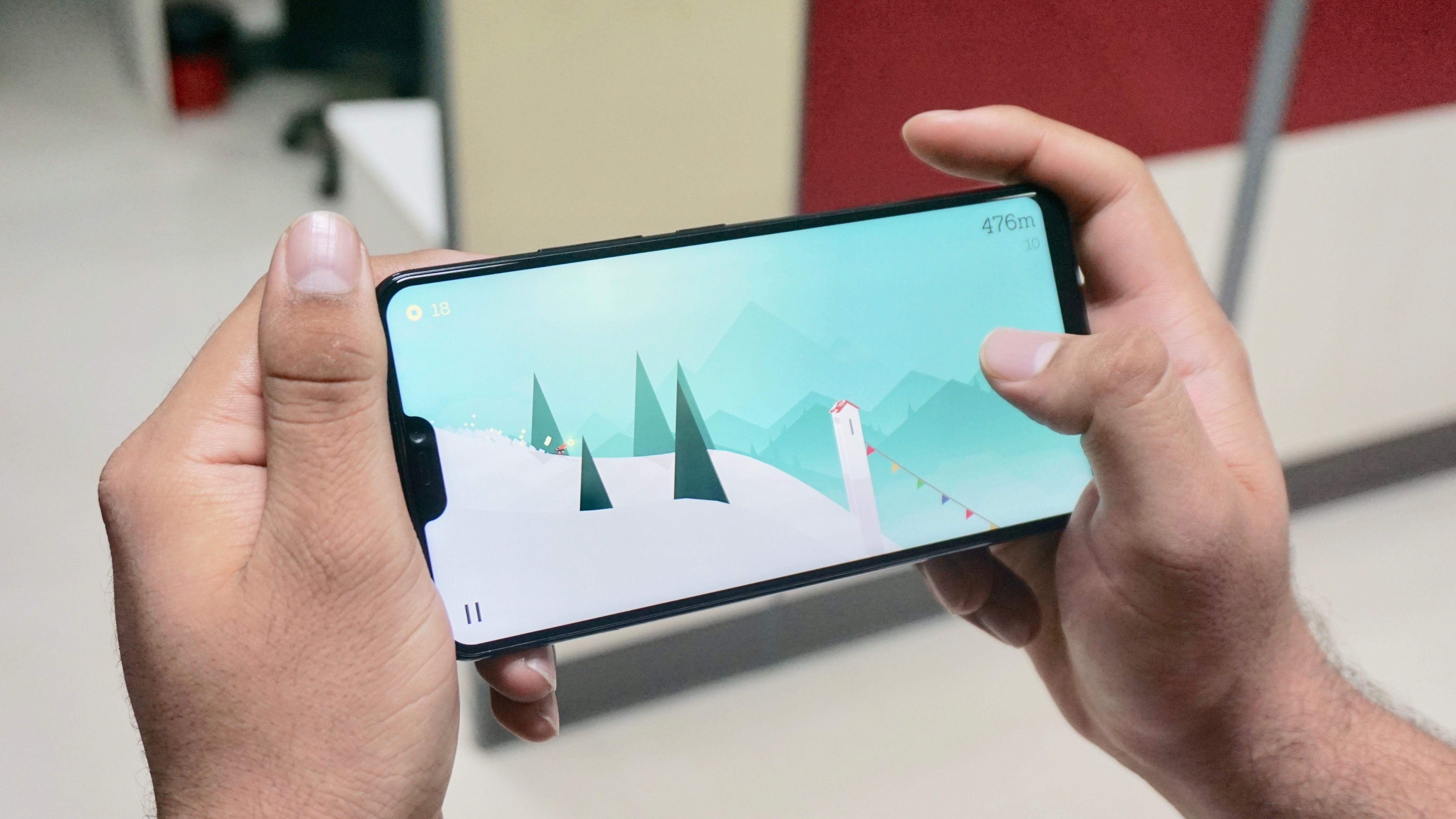
Powered by an octa-core Snapdragon 626, the Vivo V9 clearly falls into the mid-tier category of smartphones. This is coupled with a reasonable combination of 4GB of RAM along with 64 GB of internal storage. I appreciate that fact that Vivo gives the option to expand the storage (up to 256GB via microSD card) while still being able to have two SIM cards on this device. It is slightly confusing as to why Vivo opted for a previous generation CPU when even the lesser priced Xiaomi Redmi Note 5 Prof comes with Snapdragon 636. But that isn’t a major concern as the Vivo V9 performs quite well for what it offers. Moving between apps might not be as fast as on a flagship, but was still quite smooth. Having an Adreno 506 for its GPU ensured that games ran considerably well without getting too hot. The plastic body does help dissipate the small amount of heat that might result when gaming for long durations.
Other than the previously mentioned fingerprint scanner, the Vivo V9 also features facial recognition using it’s 24MP front-facing shooter. In my testing I found this to be quite inconsistent. I made sure to give the V9 a fair chance and considering the price range of this device; I set my expectations accordingly. But unfortunately, the phone could recognise my face correctly only in the brightest of conditions. I expected the phone to have issues in dimly-lit environments, but even moderate lighting conditions posed a challenge. I tested the feature multiple times without changing anything, and I would encounter situations where it would either detect my face instantly or not detect my face at all. In fact, the Honor 9 Lite I reviewed recently had better facial recognition on it, and that phone costs almost half as much.
Vivo V9 Review: Battery Life

The battery life on the Vivo V9 was more in the acceptable range. The custom Funtouch OS takes away the ability to view the device’s screen-on time. So, after having to check the battery consumption of every single app manually, the Vivo V9’s 3260mAh battery was able to give approximately 6 hours of screen-on time while surviving almost 45 hours on standby. It would be possible to get better screen-on times with the included power saving modes.
Considering the phone has a Snapdragon 626 as its processor and its display isn’t more than a Full HD+ panel, I expected the battery to last a bit more. It would also have been preferable to get fast charging on this device.
Vivo V9 Review: Verdict
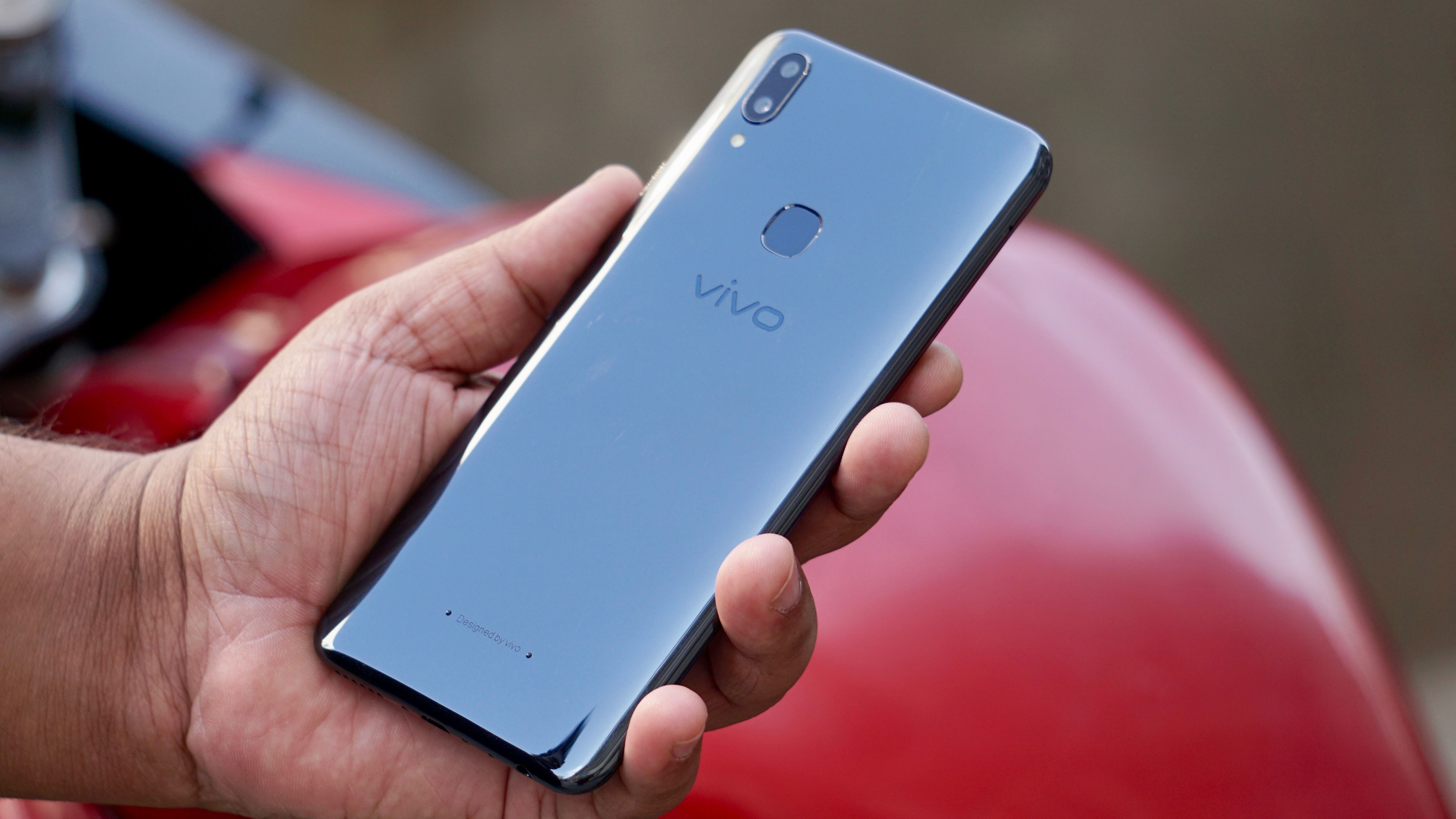
The Vivo V9 is a step in the right direction but just misses the mark. The notch might be here to stay now, and I personally don’t mind it as much. With that said, there are still some improvements to be had with how the software works around it. The Snapdragon 626 on the V9 provides decent performance for a budget phone, but the battery life could have been better.
For roughly Rs. 22,990 you get an excellent front camera with a decent rear shooter, acceptable battery life and useable performance. The large display provided a remarkable experience, but the bothersome pink hue is difficult to ignore. If you desire a more consistent package with a better processor and exceptional battery life at a lower price point, then you will be better off with a Xiaomi Redmi Note 5 Pro (review).
